-
- Repeats the same sounds
- Frequently coos, gurgles, and makes pleasure sounds
- Uses a different cry to express different needs
- Smiles when spoken to
- Recognizes voices
- Localizes sound by turning head
- Listens to speech
- Uses the phonemes /b/, /p/, and /m/ in babbling
- Reaches for objects with one hand but often misses
- Blows bubbles on lips
- Visually tracks people and objects
Information from: Shipley, K and McAfee, J. (1998)
Assessment in Speech Language Pathology: A Resource Manual 2nd edition.
San Diego: Singular publishing Group, Inc.
Website Links:
American Speech & Hearing Association

